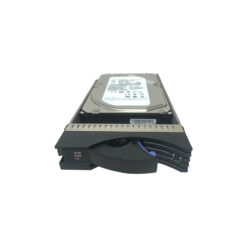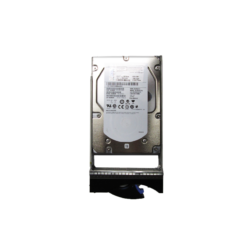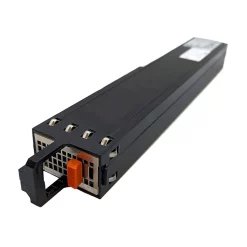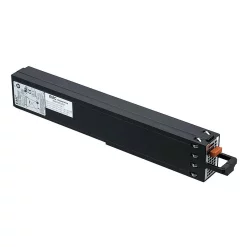Sustainable Growth with EMC Unity All-Flash: Addressing Future Data Challenges Today
Architectural Overview of EMC Unity All-Flash
EMC Unity All-Flash is engineered to deliver high-performance storage solutions focused on simplicity and efficiency. Built on a modern and flexible architecture, Unity All-Flash systems integrate tightly with existing IT infrastructures.
Key Features
- Unified Storage: Provides support for block, file, and VMware vSphere Virtual Volumes (vVols).
- Data Reduction: Employs inline compression and deduplication to optimize storage efficiency.
- Dynamic Pools: Flexible storage allocation to ensure optimal utilization of flash resources.
- Data Protection: Includes native replication, snapshot technology, and encryption.
- Cloud Integration: Seamlessly integrates with cloud platforms for hybrid cloud functionality.
Technical Specifications of EMC Unity All-Flash
The Unity All-Flash series comprises several models designed to meet various performance and capacity needs.
| Model | Maximum Drives Supported | Memory | Raw Capacity | IOPS |
|---|---|---|---|---|
| Unity XT 380F | 150 Drives | 32 GB | 2.4 PB | 100,000 |
| Unity XT 480F | 250 Drives | 64 GB | 4.0 PB | 300,000 |
| Unity XT 680F | 500 Drives | 128 GB | 8.0 PB | 600,000 |
| Unity XT 880F | 1000 Drives | 256 GB | 16.0 PB | 1,000,000 |
Data Flow and Underlying Mechanisms
Unity All-Flash leverages a multi-core architecture, allowing for parallel processing of data requests, minimizing latency, and maximizing throughput.
Block Storage Workflow
In block storage, data is transferred as fixed-size blocks. Unity utilizes SCSI over Fibre Channel and iSCSI to efficiently process these blocks.
- Write Operations: Data is received through SAN interfaces and written directly to SSDs using a log-structured array for optimal speed.
- Read Operations: Data is fetched directly from cache or SSDs and delivered to the host with minimal latency.
File Storage Workflow
File storage on Unity uses standard protocols such as NFS and SMB, allowing seamless integration with network services.
- Files are broken into chunks and stored across multiple SSDs.
- Metadata is efficiently managed using a centralized metadata service.
Comparison with Competing Technologies
EMC Unity All-Flash competes with several other vendors offering all-flash storage solutions, most notably NetApp’s AFF series and Pure Storage’s FlashArray.
Strengths
- Unified System: Combines block and file storage in one solution.
- Ease of Use: Intuitive management interface reduces administrative overhead.
- Data Services: Comprehensive suite of data protection and reduction features.
Weaknesses
- Scale Limitation: Although Unity All-Flash scales well, it is not as expansive as some competing products.
- Flexibility: While offering substantial features, the customization options are sometimes less extensive compared to other vendors.
Real-World Use Cases
Many organizations employ EMC Unity All-Flash to tackle various challenges:
Use Case 1: High-Performance Databases
A financial institution utilizes Unity All-Flash to run high-frequency trading databases, benefiting from low-latency access provided by the all-flash system.
Use Case 2: Virtual Desktop Infrastructure (VDI)
A healthcare provider implements Unity to support VDI environments, exploiting the efficient data reduction mechanisms to manage persistent and non-persistent desktops effectively.
Use Case 3: Hybrid Cloud Strategies
Enterprises use Unity’s cloud tiering features to offload less time-sensitive data to the cloud, balancing cost with performance needs.
Use Case 4: Branch Offices
A multinational corporation leverages Unity in branch offices for both file and block storage, reducing the complexity of having separate systems while ensuring centralized management.












